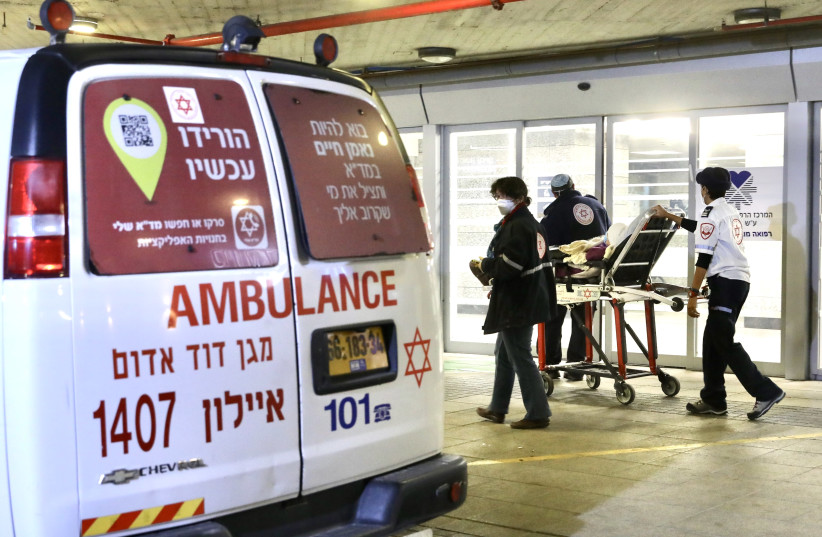The moment a child is injured and you need to rush to the emergency room is one of the scariest moments for parents. Like any concerned parent, our first question to Dr. Neta Cohen was to list the most common injuries in children.
Cohen explained, "We see mainly three types of injuries: cuts of all kinds and in many places, a lot in the facial area, limb fractures, and head injuries of all kinds. Most injuries, especially fractures, occur in early school years. There’s also a range of injuries for teenagers, especially those related to scooters or electric bikes and sports activities like basketball or soccer."
Cohen stressed that the bones of small children are more sensitive, so younger children aged two to four sometimes come to the ER with more minor injuries. For example, an elbow dislocation can happen when pulling a toddler's hand and preventing the child from running into the road, or even if you grab your kid’s hand for a quick spin dance. "The child arrives in pain and the hand is in the position we know," said Dr. Cohen, adding that they reassure the parents that they didn’t do something bad, no one's to blame, and the manipulation to get the joint back into place is simple.
How to calm an injured child who comes to the ER
Depending on the level of pain, it’s always possible to give pain treatment, such as Nurofen or Paracetamol upon arrival at the ER, Cohen explained, saying that in mild cases it’s enough and that it depends on the intensity of the pain. "If children come with serious fractures, we give stronger painkillers that are more effective," she added.

But aside from the drug treatment, the ER team invests a lot more resources to facilitate the child’s experience. "From the moment a child arrives at the emergency room and is received by the nurse sitting at the entrance, all communication with the child and parent is different from the communication hospitals have with adults," said Cohen. "Our waiting times are different, our goals are different, and the staff is dedicated to these targets, and of course, we give priority to children after an injury who are in intense pain. "They receive pain treatment as soon as they arrive, and they quickly go in for a doctor's exam."
Cohen wanted to emphasize that the staff in the emergency room makes a supreme effort to "make this unpleasant experience more pleasant." She added that treating pain and treating anxiety are two different things. According to her, there are many ways to reassure kids with medical clowns, movies, and of course, the help of parents. Cohen added that they have a nurse who sings songs or blows soap bubbles to the child, and there’s lots of visual aids. The ER is very child-friendly, and her kids really like to visit.
"But when I need the child's cooperation over time, such as sewing an incision, I need the kid to lie down and not move for at least 10 minutes, even if the area is anesthetized. Kids get very anxious, so I administer anti-anxiety medication”, said Cohen. She added that kids don’t remember trauma from the event, because that too has consequences, and the success of the action and its speed also depends on it.
"I don’t let my kids have electric scooters.”
Dr. Neta Cohen
Cohen sees, as mentioned, many injuries from scooters and electric bicycles. "I forbid electric scooters or electric bicycles for my children," Dr. Cohen said emphatically. She explained that there’s an unequivocal increase in the presence of these things, and that "studies done by us in the emergency room have clearly shown that injuries as a result of motorized bikes are much more severe compared to non-electric ones, and in all organs like head injuries, abdominal injuries, fractures. In the past, it was very clear to avoid using these tools, not only in children but also in adults. They’re dangerous, especially at young ages."
